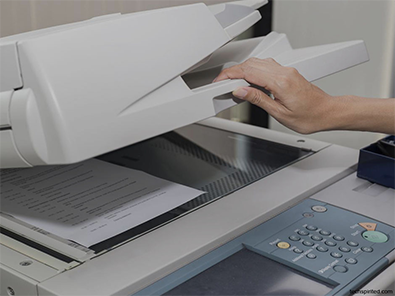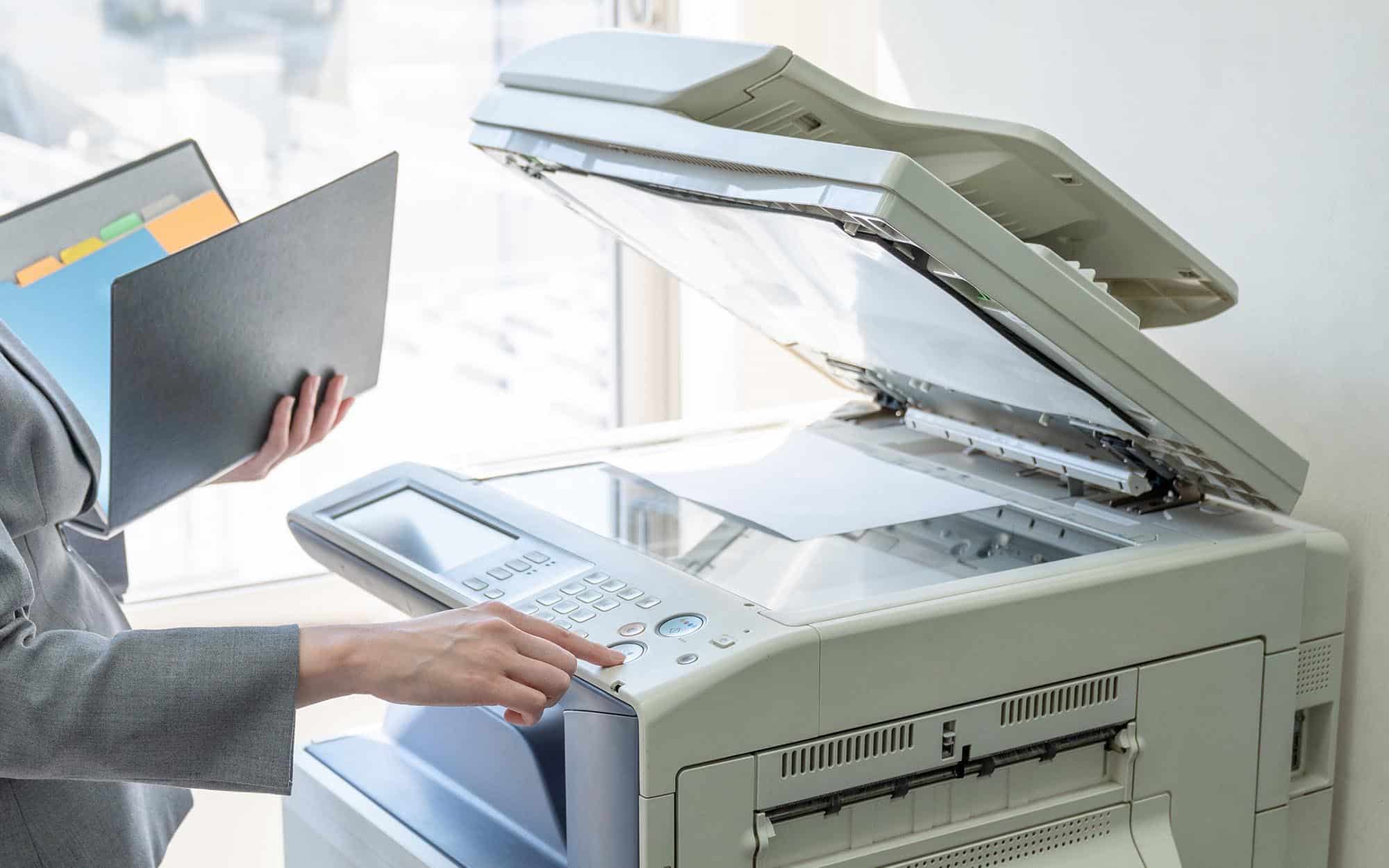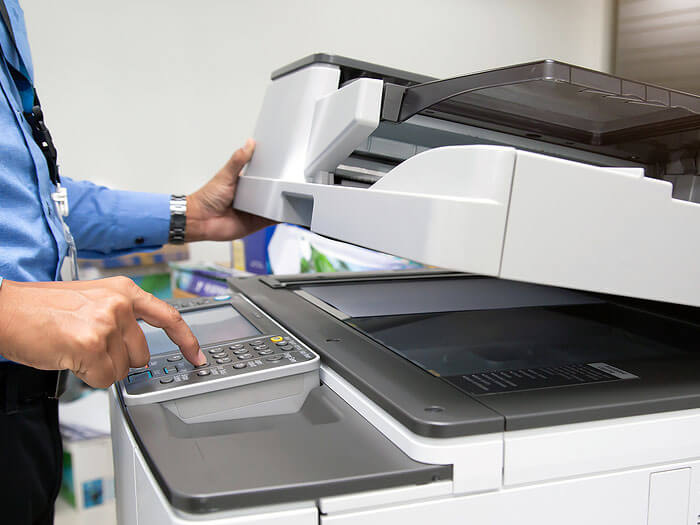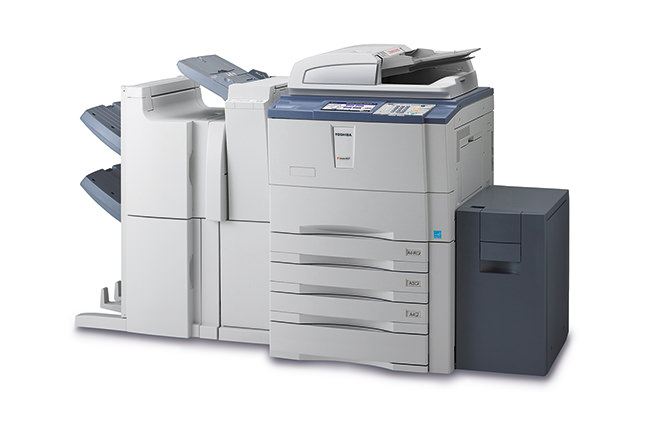INTRODUCTION
Imagine a life where printers and copiers were not invented; you are working in the office, there is a meeting later where you have to present your project to ten to fifteen people, and you have to give each one of them a copy of your presentation. What would you do?
BODY
Printers and copiers have played a vital role in a person’s life, starting from when they were still in school until their working life, regardless of their field of work. Their invention was the starting point of technology and made it easier for people to produce and reproduce documents and other printed materials.
Printer
A printer is a device that transfers a text or image from a computer to paper or another printable surface. It has come a long way from its earliest form of using “printing blocks” where Chinese monks would apply ink on carved wooden or stone blocks and then manually press it over paper sheets. But even then, most printed materials were limited to images while texts were hand-written.
It was German goldsmith Johannes Gutenberg that introduced the first printing press. In his invention, he made moveable character blocks with lowercase and uppercase letters, as well as punctuation marks using malleable metals. These letter blocks are placed upside down on a bed allotted for them in the printer then they are brushed with ink, the paper is placed on top of the letter blocks then the bed is rolled under the platen where a lever is then pushed so it would apply an evenly distributed force.
Gutenberg also invented a new kind of ink using soot and linseed oil. Soot ink is used for decades on printers since it is more vibrant and easier to dry than water-based ink.
In 1837, Charles Babbage designed a mechanical printer for his “Difference Engine”, a device he invented to mechanically and impeccably calculate tables. It is believed that his design is the foundation of printers today even if he was not able to build it.
In 1957, IBM put its first dot matrix printer up for sale. The dot matrix printer uses the impact from a printer head pin to a strip of cloth ribbon soaked with ink to write on a piece of paper. This printer allows continuous printing of both texts as well as complicated images.
Shinshu Seiki Co., now called Epson, released the first fully electronic mini-printer in 1968. In 1971, an engineer in Xerox, Gary Starkweather, modified a Xerox model 7000 copier to develop the first laser printer. Then, Hewlett-Packard (HP) created the first inkjet printer in 1976, then the HP Deskjet inkjet printer Hewlett-Packard in 1988, which for many years, is a staple printer set for offices and households.
Copier
Photocopy machines, or copiers, is a machine that produces copies of documents, pictures, and other figures using electro-static charges on a light-sensitive photoreceptor to copy and transfer the image onto paper using a powder toner. Then, heat, pressure, or a blend of both is applied to infuse the toner into the paper.
It was physicist and inventor Chester Carlson who discovered how to use static electricity to transfer images and created the first photocopy in 1938. He aimed to create an easy and affordable way to reproduce documents.
Carlson patented the technology in 1937, but it was in December 1946 that he signed the license agreement for its commercial use with Haloid Company and Battelle, two of the biggest tech companies then. Haloid Company coined the term “xerography” from two Greek words, ‘xeros‘ which means ‘dry’ and ‘grapho‘ which means ‘to write’ to differentiate electro-static technology from other usual photographic technology.
In 1959, Heloid Xerox introduced their first modern copier machine, Xerox 914. This is the first copier that uses a glass panel and a button to process a copy of a document.
Xerography became extremely popular for its more convenient and cost-effective technology and Heloid Company grew almost twice in profit. Because of this, Haloid Company changed its name to Haloid Xerox, then to its current name, Xerox Corporation in 1961.
Conclusion
If you are in New Orleans and you are looking for a Copier in New Orleans for your business, you may contact Clear Choice Technical Services in New Orleans. You can ask about Copier Leasing Services in New Orleans, Copier rental services in New Orleans, and Copier Repair in New Orleans.
Printers and copiers have gone a long way since it was first imagined, but through the years, these two devices have made school and office life more convenient and practical. You do not have to dread the production and replication of documents, images, and presentations. Everything is done with just one push of a button.






